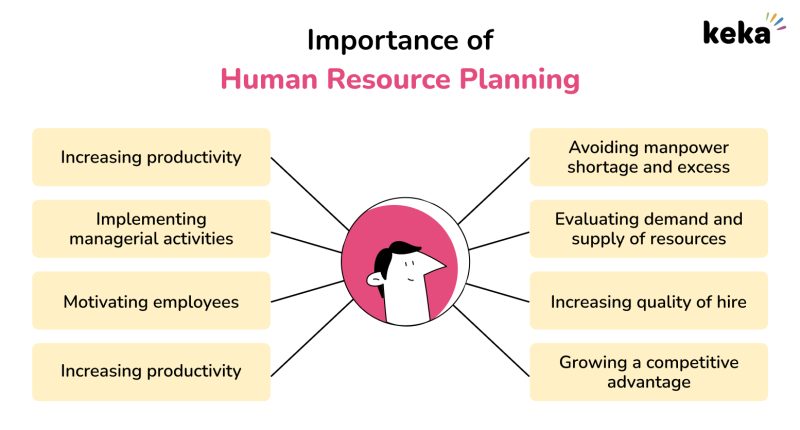What strategies can businesses use to navigate these differences effectively
Businesses operating internationally must navigate a range of challenges, including geopolitical tensions, regulatory differences, and cultural barriers. To effectively manage these differences, they can employ several strategies:
1. Comprehensive Market Research
- Understand Local Conditions: Conduct thorough market research to understand the economic, political, and regulatory environment of each target market. This includes studying local consumer preferences, competitive landscape, and potential risks.
- Monitor Regulatory Changes: Stay informed about changes in regulations and policies that could impact operations. Use tools and resources to track updates in trade laws, tariffs, and compliance requirements.
2. Adaptation to Local Regulations
- Compliance and Certification: Ensure that products and services meet local regulatory standards and obtain necessary certifications. This may involve adapting products to local safety, environmental, or quality standards.
- Legal and Tax Advice: Seek local legal and tax expertise to navigate complex regulatory environments and ensure compliance with local laws and practices.
3. Cultural Sensitivity and Localization
- Cultural Training: Provide cultural training for employees to understand and respect local customs, business practices, and communication styles. This helps in building strong relationships and avoiding misunderstandings.
- Localization of Products and Marketing: Adapt products, services, and marketing strategies to align with local preferences and cultural norms. This includes translating marketing materials and customizing product features to suit local tastes.
4. Building Local Partnerships
- Strategic Alliances: Form partnerships with local businesses, distributors, or agents to gain insights into the market and navigate regulatory and cultural challenges more effectively.
- Joint Ventures: Consider joint ventures or strategic alliances with local firms to leverage their market knowledge, networks, and expertise.
5. Effective Communication and Negotiation
- Clear Communication: Use clear and respectful communication in all business interactions. Be aware of language barriers and consider using professional translation services if needed.
- Negotiation Skills: Develop strong negotiation skills to handle cross-cultural negotiations effectively. Understand the local negotiation style and adapt accordingly to reach mutually beneficial agreements.
6. Risk Management and Contingency Planning
- Risk Assessment: Regularly assess potential risks, including political, economic, and operational risks. Develop a risk management strategy that includes measures to address these risks.
- Contingency Plans: Create contingency plans for various scenarios, such as regulatory changes, supply chain disruptions, or political instability. Ensure that the business is prepared to adapt quickly to unexpected challenges.
7. Leveraging Technology and Data
- Data Analytics: Use data analytics to gain insights into market trends, consumer behavior, and regulatory developments. This helps in making informed decisions and anticipating changes.
- Digital Tools: Implement digital tools and platforms to streamline operations, enhance communication, and improve efficiency in managing cross-border activities.
8. Engaging in Public Diplomacy
- Building Reputation: Engage in public diplomacy efforts to build a positive reputation and foster goodwill in international markets. Participate in local community initiatives and support causes that resonate with the local population.
- Government Relations: Develop relationships with government officials and trade representatives to stay informed about policy changes and advocate for favorable business conditions.
9. Flexibility and Agility
- Adaptable Strategies: Maintain flexibility in business strategies to quickly adapt to changing market conditions and regulatory environments. Be prepared to adjust business models or operations as needed.
- Agile Operations: Implement agile business practices to respond swiftly to new opportunities or challenges. This includes optimizing supply chains, adjusting marketing approaches, and reallocating resources.
10. Compliance and Ethical Standards
- Adherence to Ethical Standards: Uphold high ethical standards and comply with local and international laws. This includes addressing issues related to corruption, labor practices, and environmental impact.
- Transparency: Maintain transparency in business practices and communication with stakeholders. This helps in building trust and avoiding potential conflicts.
11. Training and Development
- Employee Training: Invest in training programs for employees to enhance their skills in managing international operations, understanding cultural differences, and navigating regulatory environments.
- Leadership Development: Develop leadership skills to effectively manage cross-border teams and drive international business strategies.
12. Networking and Advocacy
- Industry Associations: Join industry associations and business groups to stay connected with other businesses operating in international markets. These organizations can provide valuable insights and support.
- Advocacy and Representation: Engage in advocacy efforts to represent business interests in trade negotiations and policy discussions. Work with industry groups and trade associations to address common challenges and promote favorable policies.
Conclusion
Navigating differences in international markets requires a multifaceted approach that combines market research, regulatory compliance, cultural adaptation, and strategic partnerships. By employing these strategies, businesses can effectively manage the complexities of international trade and build successful, sustainable operations in diverse global markets.






